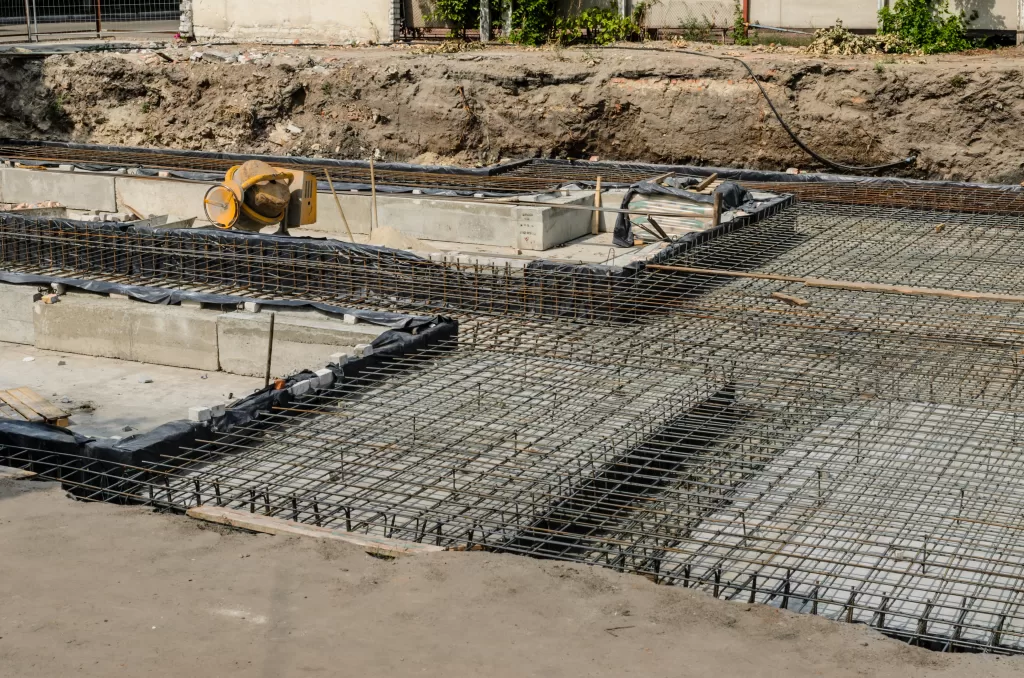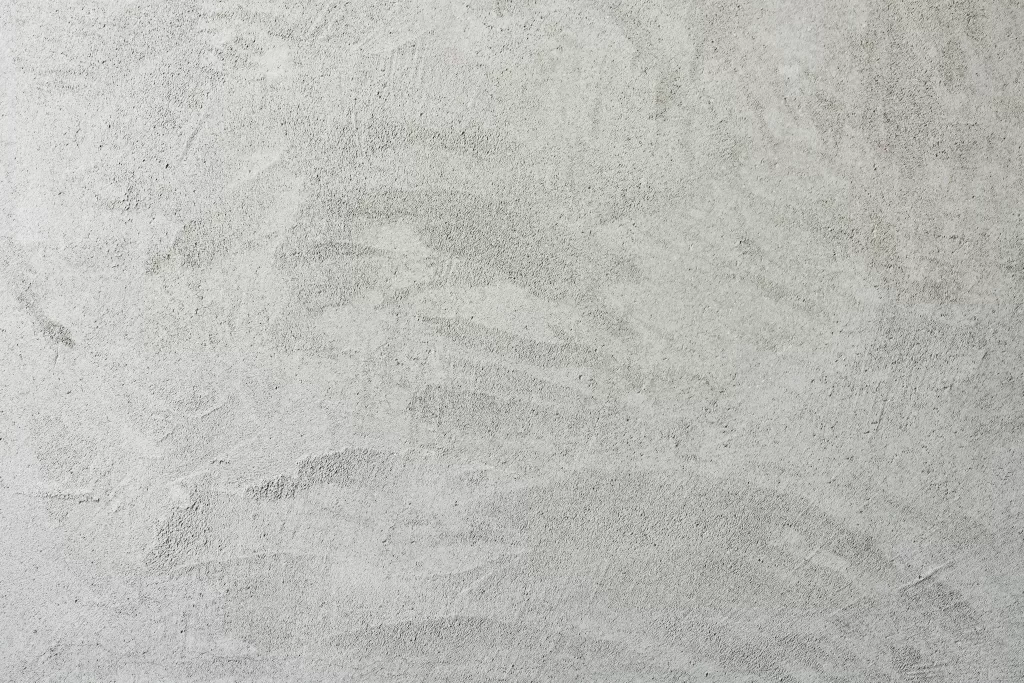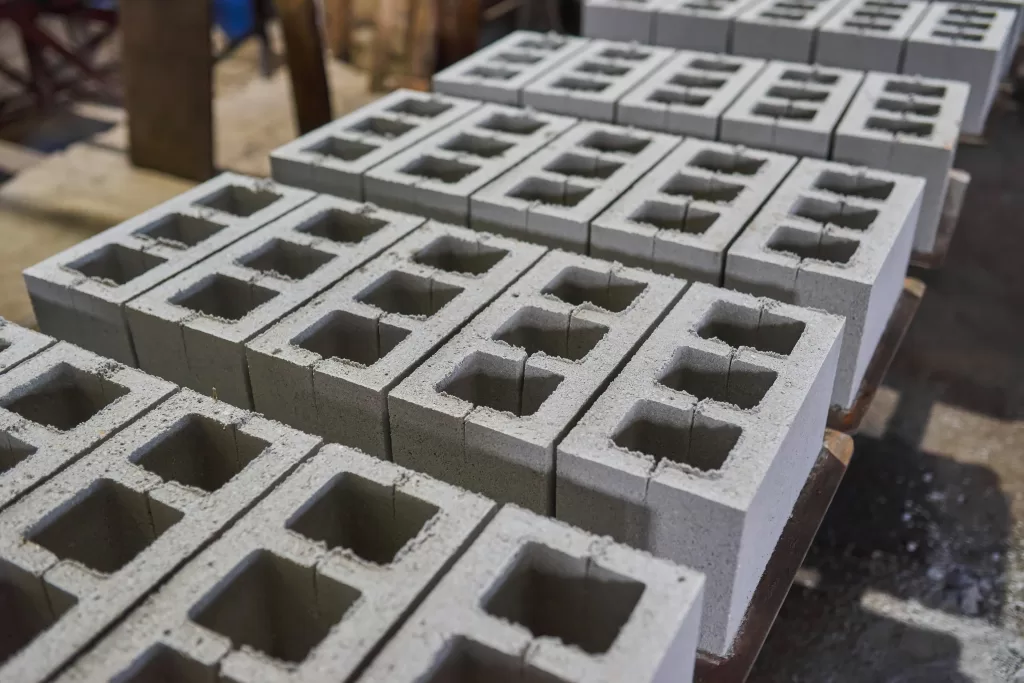The proportions of components in a concrete mix determine its durability and strength for a construction project. When preparing a concrete mix, it is important to consider the grade of concrete to be used. The grade of concrete is measured as the strength of concrete at day 28 of curing where the concrete does not deflect when load is applied to it. Typically, concrete grade is categorised into ordinary, standard and high strength. M30 falls under the standard grade category with a compressive strength of 30 MPa or 30 N/mm2. Continue reading to learn in detail about what M30 concrete mix ratio is.
Decoding M30 Concrete Ratio
The M30 concrete mix ratio is a proportion of ingredients used to achieve a particular strength in concrete. The ratio is 1:0.75:1.5, which means for every 1 part cement, you need 0.75 parts sand and 1.5 parts aggregates when making 1 cubic meter of concrete. The water quantity depends on the desired water-to-cement ratio. Concrete prepared with the M30 design mix ratio is suitable for constructing beams, columns, slabs, footings, and other similar structures.
Steps to Prepare M30 Concrete Mix Design
The procedure for preparing a concrete mix design of M30 grade involves the following steps:
1. Decide the Target Strength for Mix Proportioning
The average target compressive strength of the concrete mix after 28 days of curing can be determined using the following formula:
F’ck = fck + 1.65 x S
In this formula,
- F’ck = The target average compressive strength at reaching 28 days of curing.
- Fck = Characteristic compressive strength at reaching 28 days of curing.
- S = Assumed standard deviation, per Table 1 of IS 10262 – 2009.
If the target average compressive strength is attained in controlled conditions, achieving a compressive strength of 30MPa in the field is highly probable.
2. Maintain Water-Cement Ratio
In the process of mix proportioning, selecting the correct water-cement ratio is crucial as it significantly influences the strength, workability, and durability of concrete. The maximum permissible water-cement ratio should comply with Table 5 of IS 456. Using the same water-cement ratio for different types of cementitious material and aggregates of different types can produce concrete of different compressive strengths.
3. Estimate Water Requirement
Factors like the size, shape and texture of aggregates, cement content, supplementary cementitious materials, admixtures and environmental conditions can impact the required water content for concrete.
The water demand will be less when:
- The aggregate size is greater,
- The aggregates are rounded,
- There is a reduction in the water-cement ratio, and
- Water-reducing admixtures are added to the mix.
The water demand will be more when:
- There is an increase in the cement content and subsequent water-cement ratio,
- The aggregates are angular, and
- There is a reduced ratio of coarse to fine aggregates.
4. Calculation of Cement Material
The cement requirement can be estimated by considering the water-cement ratio and the water content. After calculating the cement content, it is important to confirm if it complies with the minimum and maximum criteria based on moderate exposure conditions. You can refer to Table 5 of IS 456 for more information.
5. Estimate the Requirement for Aggregates
Table 3 of IS 10262-2009 specifies the proportions of coarse and fine aggregates required to mix concrete. The workability of concrete depends on the coarse aggregates. Further, the volume of coarse aggregates in a unit volume of concrete depends on the fine aggregates’ nominal maximum size and grading zone. In certain cases where the concrete requires greater workability, the proportion of coarse aggregates may be reduced, provided that the strength of the concrete conforms to IS 456.
6. Conduct Trial Mixes
To check the efficiency of the M30 concrete design mix, it is critical to prepare different trial mixes. By preparing a series of trial mixes, you can assess the strength and workability of the concrete mix. If the designed mix does not meet the preferred standards, adjustments can be made. The water-cement ratio and aggregate quantities can be modified, and another round of trial mix will help check the feasibility.
Applications of M30 Grade Concrete
M30 grade concrete has the following applications in both residential and commercial projects:
Foundations:
The foundation of a structure supports the entire structure and distributes the loads to the earth. For foundations, the concrete is typically poured into formworks and reinforcement is used to ensure strength to the structure.
Slabs:
Concrete slabs comprise flat and horizontal surfaces and these slabs are used to make floors or ceilings. These slabs are typically supported by concrete beams and columns.
Beams:
Concrete beams are structural members that support the transverse load. These beams must be able to resist bending and endure tensile stresses without deflecting.
Columns:
Columns are reinforced concrete members that transfer the load to walls and foundation. Based on the loading and length, columns can be of various types.
Factors Influencing M30 Concrete Mix
M30 grade of concrete is a standard concrete grade. Different construction projects require different concrete workability, strength, etc. Factors like the aggregate size, water content, cement type, water-cement ratio and addition of admixtures can impact the concrete mix.
Additionally, environmental conditions like humidity, rainfall and exposure to certain chemicals (for instance, sulphates and chlorides in coastal areas) may also impact the concrete mix.
Common Mistakes to Avoid
Ensure you use the right water proportion as too much water can negatively impact the concrete’s strength while less water can make reduce the workability of concrete. Less water in the concrete mix also makes it difficult for the concrete to be mixed, poured and placed. You must also ensure adequate mixing time and consider temperature conditions on-site.
Explore a range of cement for your next construction project.
FAQs
What are the advantages of using the M30 concrete ratio?
The M30 concrete ratio offers various advantages due to its higher compressive strength. Some examples include sturdy structures, enhanced durability, resistance against environmental factors, improved workability, and more.
How long does M30 grade concrete take to set and harden?
In general, concrete takes 24 to 48 hours to set and begins hardening. However, to reach the maximum compressive strength of M30 grade concrete, it typically requires 28 days of curing.
Is it possible to modify the M30 concrete mix ratio for specific project requirements?
Yes, it is. The M30 concrete mix specifies the proportion of cement, sand, and water for optimal strength and workability in projects like beams, columns, slabs, etc. Minor adjustments can be made to the ratio to suit specific project requirements. However, for significant changes, considering a different concrete grade is necessary.
















